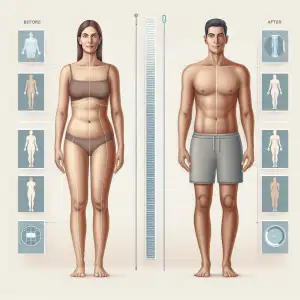Lifeguard Sunscreen: Protecting Those Who Protect Us
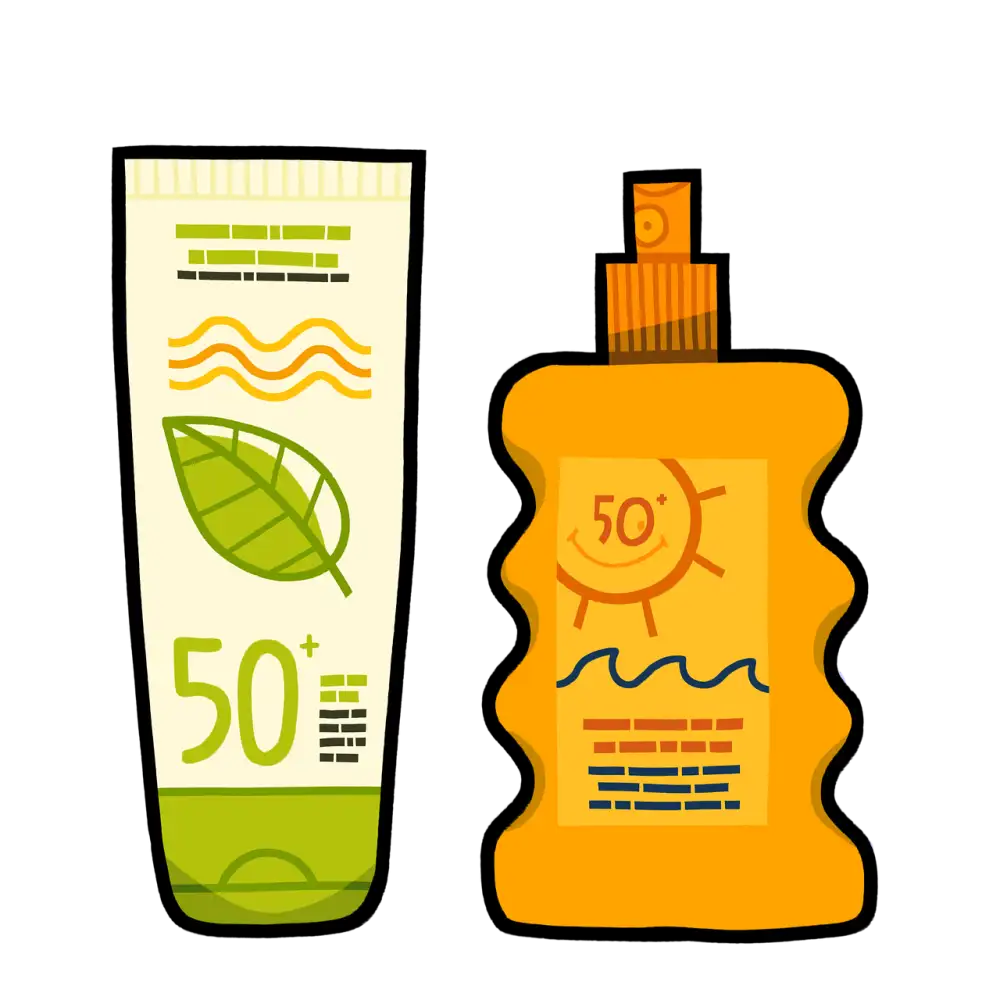
- Sun exposure risks for lifeguards
- Skin cancer prevalence among lifeguards
- Importance of broad-spectrum protection
- SPF requirements for lifeguards
- Water resistance and reapplication
- Sunscreen ingredients for sensitive skin
- Eye protection and sunglasses
- Heat exhaustion and dehydration
- Importance of shade and breaks
- First aid for sunburn and heat illness
- Annual skin cancer screenings
- Promoting sun safety to swimmers
Sun exposure risks for lifeguards
Lifeguards spend countless hours under the scorching sun, making them highly susceptible to sun exposure risks. Prolonged exposure to ultraviolet (UV) radiation from the sun can lead to various skin problems, including sunburn, premature aging, and even skin cancer.
It is crucial for lifeguards to prioritize sun protection to mitigate these risks. Sunscreen plays a vital role in shielding their skin from harmful UV rays. When choosing a sunscreen, lifeguards should look for broad-spectrum protection, which means it protects against both UVA and UVB rays.
An SPF (Sun Protection Factor) of 30 or higher is recommended, as it blocks a significant percentage of UV radiation. Water resistance is another essential factor to consider, as lifeguards are frequently in and out of the water. Look for sunscreens labeled as "water-resistant" or "very water-resistant," indicating that they provide protection even after swimming or sweating.
Lifeguards should apply sunscreen generously to all exposed skin at least 15 minutes before sun exposure and reapply every two hours, or more frequently if swimming or towel drying. Remember that even on cloudy days, UV rays can penetrate the clouds and cause damage.
| Feature | Banana Boat Sport Sunscreen Lotion SPF 50 | Blue Lizard Australian Sunscreen, Sensitive SPF 50+ |
|---|---|---|
| Sun Protection Factor (SPF) | 50 | 50+ |
| Water Resistance (minutes) | 80 | 80 |
| Broad Spectrum Protection (UVA/UVB) | Yes | Yes |
| Suitable for Sensitive Skin | No | Yes |
Skin cancer prevalence among lifeguards
Lifeguards face a significantly higher risk of skin cancer due to prolonged sun exposure. Studies have shown that lifeguards have a higher incidence of skin cancers, including melanoma, the deadliest form. The nature of their job requires them to be outdoors for extended periods, often during peak sun hours, exposing their skin to harmful ultraviolet (UV) radiation.
Sunscreen is an indispensable tool for lifeguards to mitigate their risk of skin cancer. It is crucial for lifeguards to choose a sunscreen that provides broad-spectrum protection, guarding against both UVA and UVB rays. A high sun protection factor (SPF) of 30 or higher is recommended to effectively block UV radiation. Lifeguards should look for sunscreens that are water-resistant and sweat-resistant, as they will be exposed to water and perspire heavily throughout the day.
Sunscreens containing zinc oxide or titanium dioxide are good options for lifeguards, as these physical blockers provide a barrier on the skin that reflects UV rays. Lifeguards should apply sunscreen generously to all exposed skin 15-20 minutes before sun exposure and reapply every two hours, or more frequently if swimming or sweating excessively. Choosing the right sunscreen and practicing sun safety habits can significantly reduce the risk of skin cancer among these dedicated professionals.
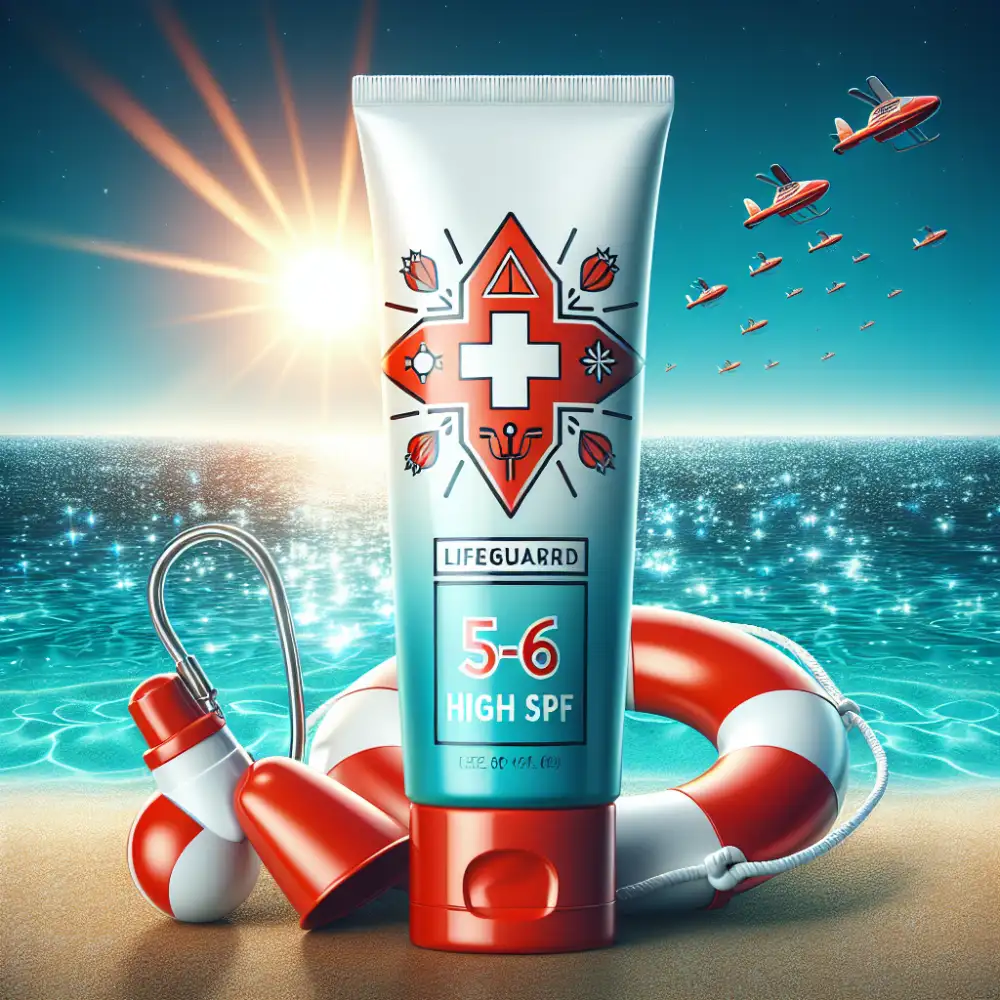
Importance of broad-spectrum protection
Lifeguards spend countless hours under the scorching sun, making them highly susceptible to the sun's harmful rays. It is not just about sunburns; prolonged exposure can lead to premature aging, skin damage, and even skin cancer. This is where broad-spectrum protection sunscreen comes into play. Unlike regular sunscreens that may only protect against UVB rays (responsible for sunburns), broad-spectrum sunscreens shield your skin from both UVA and UVB rays. UVA rays penetrate deep into the skin, causing wrinkles and age spots, while UVB rays primarily cause surface-level damage like sunburns. For lifeguards, broad-spectrum protection is non-negotiable. It ensures comprehensive defense against the sun's harmful radiation, reducing the risk of both immediate and long-term skin damage. When choosing a sunscreen, lifeguards should look for a high SPF (Sun Protection Factor) of 30 or higher and the words "broad-spectrum," indicating protection against both UVA and UVB rays. Remember, applying sunscreen generously and frequently, especially after swimming or sweating, is crucial for optimal protection.
SPF requirements for lifeguards
Lifeguards work long hours under the scorching sun, making them highly susceptible to sunburns and long-term skin damage. To protect their skin, lifeguards need to wear sunscreen with a high Sun Protection Factor (SPF). The American Academy of Dermatology recommends using a broad-spectrum, water-resistant sunscreen with an SPF of 30 or higher.
SPF 30 sunscreen blocks 97% of the sun's UVB rays, which are the primary cause of sunburns. However, lifeguards should consider using a higher SPF, such as SPF 50, which blocks 98% of UVB rays, for even greater protection, especially during peak sun hours.
Lifeguards should choose sunscreens that are specifically designed for water activities. Water-resistant sunscreens are formulated to stay on the skin even after swimming or sweating. Look for sunscreens labeled as "water-resistant for 80 minutes," which means they provide protection for up to 80 minutes of swimming or sweating.
It's important to note that no sunscreen is completely waterproof or sweatproof. Therefore, lifeguards should reapply sunscreen at least every two hours, or more frequently if swimming or sweating excessively. They should also apply sunscreen to all exposed skin, including the ears, neck, and tops of their feet.
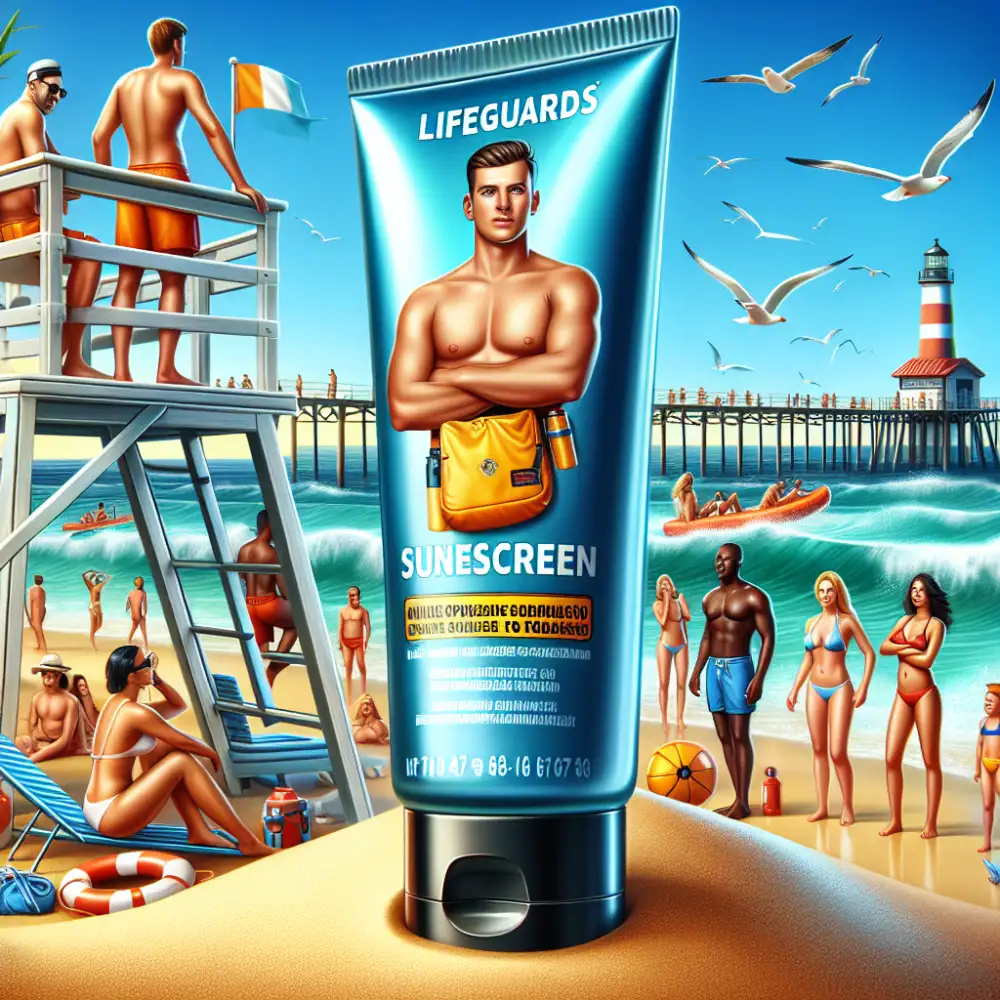
In addition to wearing sunscreen, lifeguards can further protect their skin by wearing protective clothing, such as wide-brimmed hats, sunglasses, and long-sleeved shirts and pants when possible. They should also seek shade during breaks and stay hydrated by drinking plenty of water.
Water resistance and reapplication
Lifeguards work and play under the sun, so choosing a sunscreen that can withstand the demands of the job is crucial. Look for sunscreens labeled as "water-resistant" and check the label to see how long the protection lasts, usually 40 or 80 minutes. This means you can swim or sweat for that amount of time without significantly reducing the sunscreen's effectiveness. However, no sunscreen is entirely waterproof or sweatproof. Reapplication is key to maintaining protection, especially after swimming, toweling off, or sweating heavily. Even on cloudy days, reapply sunscreen at least every two hours. Remember, protecting your skin from the sun is an essential part of staying safe and healthy as a lifeguard.
Sunscreen ingredients for sensitive skin
Lifeguards spend hours under the scorching sun, making sun protection crucial. However, the constant exposure to water, sweat, and sunscreen reapplication can irritate sensitive skin. Choosing sunscreen specifically formulated for sensitive skin is vital. Look for mineral-based sunscreens with active ingredients like zinc oxide and titanium dioxide. These ingredients create a physical barrier on the skin that blocks UV rays without penetrating or irritating it. They are also less likely to cause allergic reactions.
Avoid sunscreens containing chemicals like oxybenzone, octinoxate, and avobenzone, as these can be harsh and irritating to sensitive skin. Similarly, fragrances, dyes, and preservatives can trigger irritation and should be avoided. Opt for fragrance-free and hypoallergenic formulas specifically designed for sensitive skin. Remember to test a small amount of sunscreen on a small skin area before applying it to your entire body. This will help you identify any potential allergic reactions or irritations.
Eye protection and sunglasses
Lifeguards work long hours under the scorching sun, making sun protection a top priority. While sunscreen is crucial for their skin, protecting their eyes is equally important. Prolonged exposure to the sun's harmful UV rays can lead to various eye conditions, including cataracts, macular degeneration, and photokeratitis (sunburn of the eye).
When choosing sunglasses for lifeguarding, look for options that offer 100% UV protection from both UVA and UVB rays. Wrap-around styles are particularly beneficial as they minimize peripheral light and reduce glare from the water's surface. Polarized lenses are another excellent feature, effectively combating glare and improving visibility, especially during water rescues.


Durability is key for lifeguard sunglasses. Opt for frames made from sturdy materials like polycarbonate or nylon, which can withstand accidental impacts and rough conditions. Additionally, consider sunglasses with a secure fit that won't easily slip off during physical activity.
Remember that eye protection goes hand-in-hand with sunscreen. Apply a broad-spectrum, water-resistant sunscreen with an SPF of 30 or higher to all exposed skin, including the eyelids and around the eyes. Reapply sunscreen every two hours, or more frequently after swimming or sweating.
By prioritizing both sunscreen and proper eye protection, lifeguards can safely perform their duties while safeguarding their health in the long run.
Heat exhaustion and dehydration
Lifeguards work long hours in the sun. They are at high risk for heat exhaustion and dehydration. Heat exhaustion is a serious condition that can lead to heat stroke, a life-threatening emergency. Dehydration occurs when your body loses more fluid than you take in.
It is important for lifeguards to take steps to prevent heat exhaustion and dehydration. Sunscreen is an important part of staying safe in the sun. It helps to protect your skin from the sun's harmful ultraviolet (UV) rays.
When choosing a sunscreen for lifeguards, it is important to choose one that is:
- Broad spectrum: Protects against both UVA and UVB rays
- Water resistant: Stays on your skin even when you are sweating or swimming
- SPF 30 or higher: Provides high protection from the sun's rays
Lifeguards should apply sunscreen liberally and evenly to all exposed skin 20 minutes before going outside. They should reapply it every two hours, or more often if they are swimming or sweating.
In addition to wearing sunscreen, lifeguards can help to prevent heat exhaustion and dehydration by:
- Drinking plenty of fluids, especially water
- Taking breaks in the shade or indoors
- Wearing light-colored, loose-fitting clothing
- Avoiding sugary drinks and alcohol
If you think you or someone else is experiencing heat exhaustion, it is important to seek medical attention immediately.
Importance of shade and breaks
Lifeguards work long hours under the scorching sun, making them incredibly susceptible to sunburns and long-term skin damage. While sunscreen is crucial, shade and breaks are equally important for sun protection. No amount of sunscreen can fully replace the need for shade. Whenever possible, lifeguards should seek shade, especially during peak sun hours. This could involve setting up umbrellas, using existing structures like lifeguard towers, or simply finding natural shade under trees. Regular breaks from the sun allow the skin to recover from sun exposure and prevent overheating. Lifeguards should schedule short breaks throughout the day to cool down in shaded areas or indoors. These breaks don't have to be long but they can significantly reduce the risk of sunburn and heat exhaustion. Remember, sunscreen, shade, and breaks work together to provide comprehensive sun protection for lifeguards.
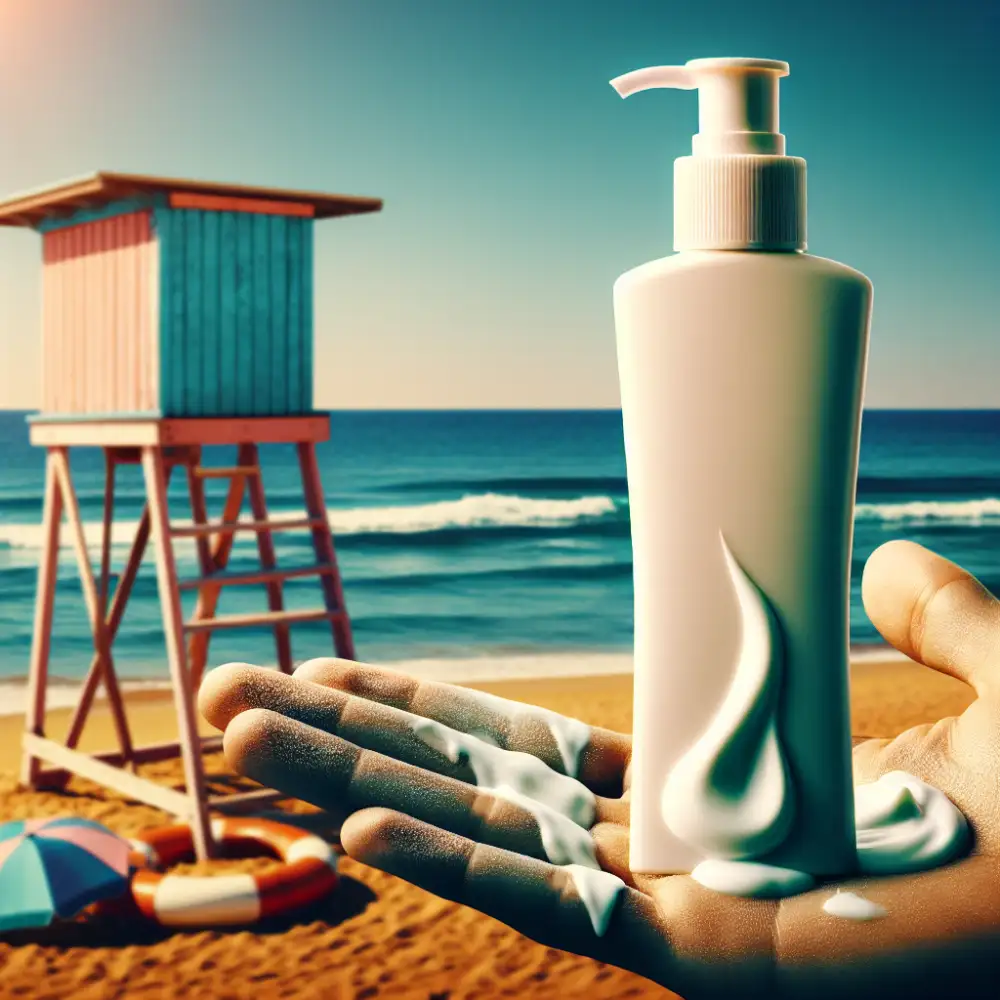
First aid for sunburn and heat illness
Lifeguards work long hours under the scorching sun, making them highly susceptible to sunburn and heat illness. Understanding how to prevent and treat these conditions is crucial for their well-being. Always wear sunscreen with an SPF of 30 or higher, even on cloudy days. Apply sunscreen generously and frequently, especially after swimming or sweating. Choose a broad-spectrum sunscreen that protects against both UVA and UVB rays. Look for water-resistant sunscreens that provide protection for up to 80 minutes. Recognize the signs of heat exhaustion, such as heavy sweating, dizziness, and nausea. If someone exhibits these symptoms, move them to a cool, shaded area. Give them cool water to drink and fan them. Heatstroke is a life-threatening condition that requires immediate medical attention. Symptoms include high body temperature, confusion, and loss of consciousness. Call emergency services and try to cool the person down while waiting for help. By taking these precautions and knowing how to respond to emergencies, lifeguards can protect themselves and others from the dangers of sun and heat.
Annual skin cancer screenings
Lifeguards spend countless hours under the intense gaze of the sun, putting them at increased risk for skin cancer. Annual skin cancer screenings are crucial for early detection and treatment. These screenings involve a thorough examination of the skin by a dermatologist or qualified medical professional. During the screening, the doctor will carefully inspect every inch of skin, looking for any suspicious moles, growths, or lesions. Early detection is paramount when it comes to skin cancer. When caught in its early stages, skin cancer is highly treatable. Regular screenings, coupled with diligent sun protection practices, are the best defense against this potentially serious disease.
Remember, sunscreen alone is not enough. Lifeguards should prioritize annual skin cancer screenings to safeguard their health and well-being.
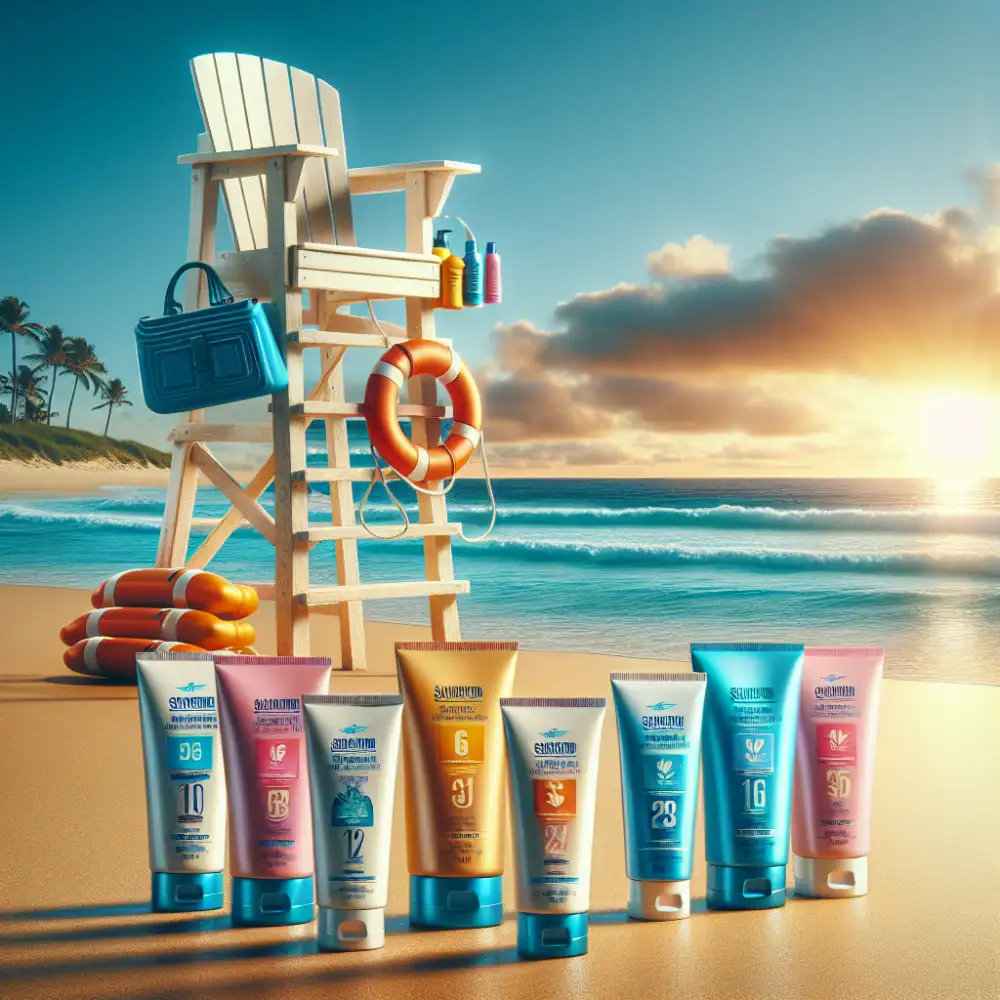
Promoting sun safety to swimmers
Lifeguards spend countless hours under the scorching sun, making them highly susceptible to sunburns and long-term skin damage. Promoting sun safety among these water safety heroes is crucial. Sunscreen plays a vital role in protecting lifeguards from harmful UV radiation. When choosing sunscreen for lifeguards, there are specific factors to consider. Firstly, it should have a high sun protection factor (SPF) of 30 or higher, providing broad-spectrum protection against both UVA and UVB rays. Water resistance is another essential feature, as lifeguards are frequently in and out of the water. Look for sunscreens labeled as "water-resistant" for at least 80 minutes. Lifeguards often work long hours outdoors, so choosing a sunscreen that is long-lasting and doesn't require frequent reapplication is crucial. Opt for sunscreens that are specifically formulated for sensitive skin, as constant exposure to sun, water, and chlorine can irritate. To promote sun safety among lifeguards, encourage them to apply sunscreen generously and evenly to all exposed skin 15-20 minutes before sun exposure. Reapply every two hours, especially after swimming or sweating. Wearing a wide-brimmed hat, UV-protective sunglasses, and protective clothing like long-sleeved rash guards can further minimize sun exposure. By prioritizing sun safety and using appropriate sunscreen, lifeguards can continue their vital work while protecting themselves from the sun's harmful rays.
Published: 23. 06. 2024
Category: Food



